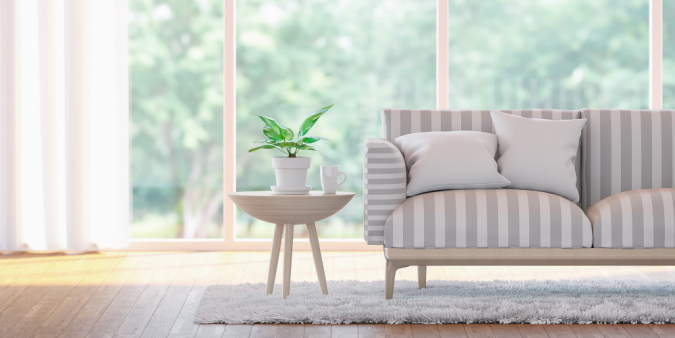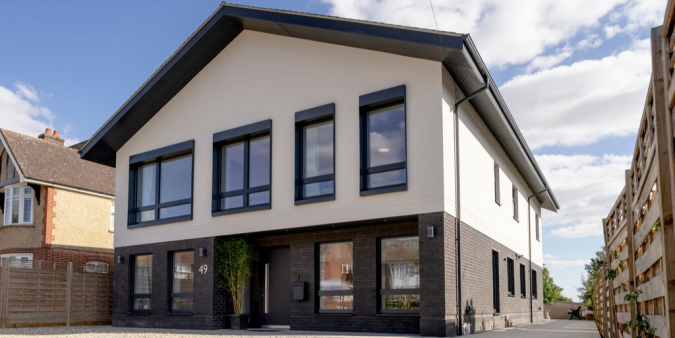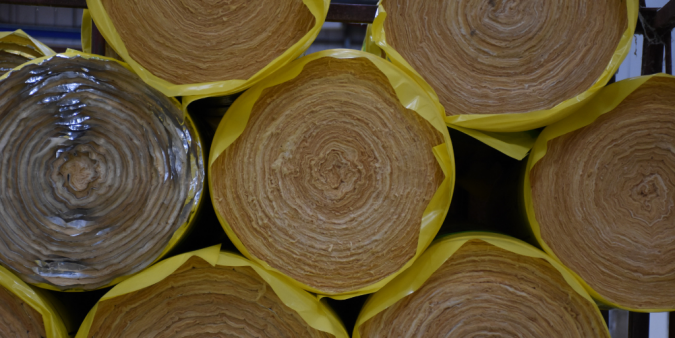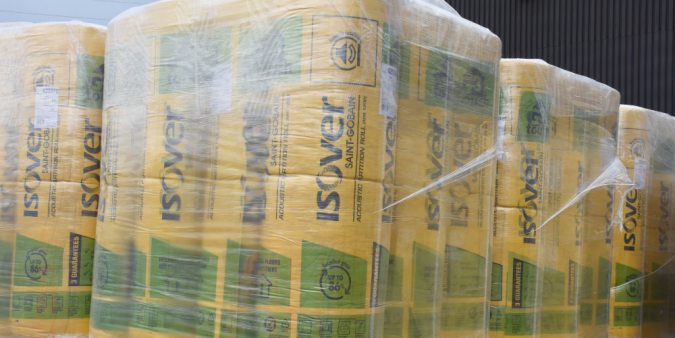How to design your self-build to reduce running costs
If we were all oracles of the future, every decision we made would be the right one. But unfortunately we live in the real world, and the decisions we make on a self-build project can have an impact on how much we pay to live there. To help you see into the future, we have accumulated some tips on how to design your self-build to reduce running costs.
Self Build Orientation
This is the positioning of your home, and is extremely important for a number of reasons, not just a nice view of the sea! Orientating your self-build to maximise natural light will help to reduce the need for electrical lighting, as well as providing heat to your home. This is known as passive solar energy and can be optimised with more specific design decisions.
To achieve maximum passive solar energy gain, you need to begin to consider the characteristics of your building materials such as the thermal mass, which is the ability of a material to take in and retain heat. Combining build orientation with external walls and flooring using materials with a high thermal mass can best allow your home to absorb and retain solar energy to heat your home.
Learn more about what you should consider when designing your self-build home here.

Get the Fabric Right First
A ‘fabric first’ approach represents one of the more sustainable options for building design. And with the need for zero-carbon homes and high energy efficiency, this approach involves considering design, construction and the use of high performing materials to minimise the energy needed to heat and cool your home. Some of the main factors behind the fabric first approach include;
- air tightness
- insulation
- avoiding thermal bridging
- solar gain/natural heat gain (occupants and equipment)
- effective ventilation
- MVHR (Mechanical Ventilation with Heat Recovery)
All of the above aim to reduce energy consumption, so by transferring your focus towards the fabric of your build, this can then benefit its energy efficiency. But first, let’s get a little scientific. A thermally effective fabric is made of two primary design considerations;
- The through element thermal performance referred to as elemental U-value
- The thermal performance of junctions between elements and around openings referred to as a thermal bridge and measured as a Psi value.
Both of these have to be considered in order to design an effective fabric. For example, specific types of timber frame, in conjunction with insulation, can be very effective fabrics with respect to thermal performance. This type of fabric allows you to retain heat energy rather than rely on alternative heating methods. And to further benefit this sustainable approach, a fabric first build can be constructed off-site, which in turn speeds up your build process and reduces labour costs.
Smart Technology
There are a number of developing technologies that can support your energy efficiency, and it is the evolution of the ‘smart home’ which is showing a large reduction in running costs. Smart meters are great for providing a first-hand view of your energy usage, however, to truly benefit from these, you will need to monitor the information and accordingly change your habits to reduce energy usage.
You can also use smart heating controls which include phone or tablet apps and give complete control over your heating and energy usage. The Nest software, for example, is able to break down your usage into a daily format, and even specify the energy of each piece of hardware. It is also said to learn and improve your efficiency based on your usage and interaction with the app.
Additional smart home considerations include automation systems to control blinds, restricted water usage features, low energy light bulbs, or just simply opening windows and ventilation to help control temperatures and reduce the need for heating or cooling energy.
Build to Passivhaus Standard
A self-build home that follows the Passivhaus standard can become very energy efficient without the need for expensive technologies, so understanding how to benefit from this design approach can greatly benefit your home. It is an industry recognised, low energy design standard that provides high levels of occupant comfort as well as reducing energy use of a building which will ultimately reduce running costs.
You could even go the extra mile and build to Saint-Gobain’s Multi Comfort standard that not only meets the Passivhaus standard, but also maximises visual, thermal, acoustic and indoor air comfort to reduce running costs and enhance occupant wellbeing.
Discover the Passivhaus design standard.

Solar Energy Opportunities
The possibilities of solar energy seem to be growing every day, which is an amazing development for the self-build community. Combining photovoltaic panels, solar thermal units, and hot water panels can provide you with electricity, heating, and hot water, all tucked away on or inside your roof.
The orientation of your build, the angle and the location of the panels will all impact on the amount of solar energy gain, so it’s beneficial to think about this at the design stage of your build. For example, an east-facing hot water panel will receive the rising sun for a hot morning shower, while a west-facing solar thermal unit will receive the setting sun for a heated home in the evening.
It’s also worth noting that adoption of a fabric first approach can reduce and even remove the need for solar technology. The high levels of energy efficiency generated through the fabric first approach minimise the amount of energy needed to heat or cool your home, and so the resulting low energy usage can make solar panels redundant.
Water-Based Heating
This is a more contemporary method of heating that generally runs on an air source heat pump (ASHP) and can be used for underfloor heating, radiators, and heating via the air. One of the major benefits to this heating method is the Domestic Renewable Heat Incentive (RHI). This government-run development allows you to claim back on biomass boilers, solar water heating & certain heat pumps providing money towards renewable heating costs. And if this type of heating is coupled with high solar energy gain, your self-build can become a renewable energy haven for all to admire.
There are numerous possibilities for designing your build to reduce running costs, but we hope that these snippets of advice have helped you on your path towards a self-efficient home. Through making educated decisions at the design stage of your build, you can implement products and solutions that will benefit your home for years to come. Just wait, your self-build could be paying you back in no time!




